UEFA Euro 2028
The 2028 UEFA European Football Championship, commonly referred to as UEFA Euro 2028 or simply Euro 2028, will be the 18th edition of the UEFA European Championship, the quadrennial international men's football championship of Europe organized by UEFA. Should the selection process and timeline used for Euro 2024 be applied again, the host(s) would be chosen in the autumn of 2022.
Bid process
Bidding timeline
Bids
Confirmed plan to bid
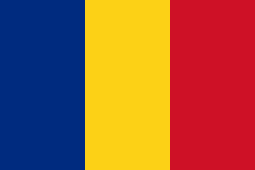
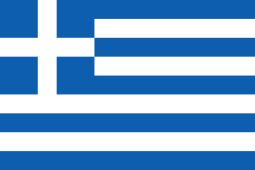
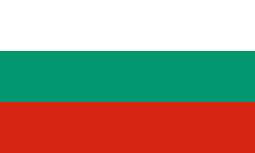
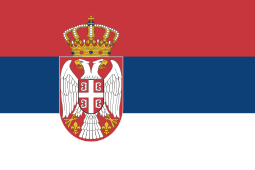
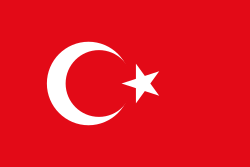
Potential bids


Expressed interest in bidding
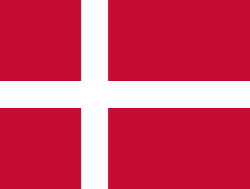

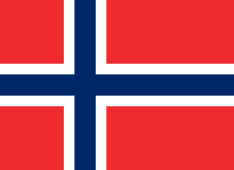

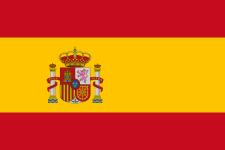
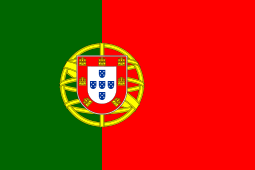
gollark: <@!206233133228490752> Sorry to bother you, but keypairs generated by `ccecc.py` and the ECC library in use in potatOS appear to have different-length private and public keys, which is a problem.EDIT: okay, apparently it's because I've been accidentally using a *different* ECC thing from SMT or something, and it has these parameters instead:```---- Elliptic Curve Arithmetic---- About the Curve Itself-- Field Size: 192 bits-- Field Modulus (p): 65533 * 2^176 + 3-- Equation: x^2 + y^2 = 1 + 108 * x^2 * y^2-- Parameters: Edwards Curve with c = 1, and d = 108-- Curve Order (n): 4 * 1569203598118192102418711808268118358122924911136798015831-- Cofactor (h): 4-- Generator Order (q): 1569203598118192102418711808268118358122924911136798015831---- About the Curve's Security-- Current best attack security: 94.822 bits (Pollard's Rho)-- Rho Security: log2(0.884 * sqrt(q)) = 94.822-- Transfer Security? Yes: p ~= q; k > 20-- Field Discriminant Security? Yes: t = 67602300638727286331433024168; s = 2^2; |D| = 5134296629560551493299993292204775496868940529592107064435 > 2^100-- Rigidity? A little, the parameters are somewhat small.-- XZ/YZ Ladder Security? No: Single coordinate ladders are insecure, so they can't be used.-- Small Subgroup Security? Yes: Secret keys are calculated modulo 4q.-- Invalid Curve Security? Yes: Any point to be multiplied is checked beforehand.-- Invalid Curve Twist Security? No: The curve is not protected against single coordinate ladder attacks, so don't use them.-- Completeness? Yes: The curve is an Edwards Curve with non-square d and square a, so the curve is complete.-- Indistinguishability? No: The curve does not support indistinguishability maps.```so I might just have to ship *two* versions to keep compatibility with old signatures.
gollark: > 2. precompilation to lua bytecode and compressionThis was considered, but the furthest I went was having some programs compressed on disk.
gollark: > 1. multiple layers of sandboxing (a "system" layer that implements a few things, a "features" layer that implements most of potatOS's inter-sandboxing API and some features, a "process manager" layer which has inter-process separation and ways for processes to communicate, and a "BIOS" layer that implements features like PotatoBIOS)Seems impractical, although it probably *could* fix a lot of problems
gollark: There's a list.
gollark: Lots of them.
References
- "Întâlnire decisivă pentru organizarea Euro 2028 și CM 2030 » Ultimele detalii despre candidatura României, Serbiei, Greciei și Bulgariei". Gazeta Sporturilor. 25 February 2019.
- "Romanian, Serbian, Bulgarian, Greek governments to create organizing committee for EURO2028 and WC2030 candidacies". Ştiri pe Surse. 25 February 2019.
- "Bulgaria, Serbia, Greece and Romania with joint bid to host UEFA Euro 2028". bnr.bg. 25 February 2019.
- "Turkey eyes to host UEFA EURO 2028 tournament". Hurriyet. Anadolu. 15 August 2019. Retrieved 26 June 2020.
- "Gravina: Italy could host Euro 2028". Football Italia. 7 February 2019.
- "England could bid for Euro 2028 but Greg Dyke rules out World Cup 2026". the Guardian. Press Association. 24 March 2015.
- Gibson, Owen (21 September 2016). "FA: Brexit will not derail plans to host final stages of Euro 2020 or 2028 bid". The Guardian.
- "DBU går efter EM-værtsskab". Archived from the original on 7 March 2016.
- "España tiene como primer objetivo organizar la Eurocopa 2028". MARCA.
This article is issued from Wikipedia. The text is licensed under Creative Commons - Attribution - Sharealike. Additional terms may apply for the media files.